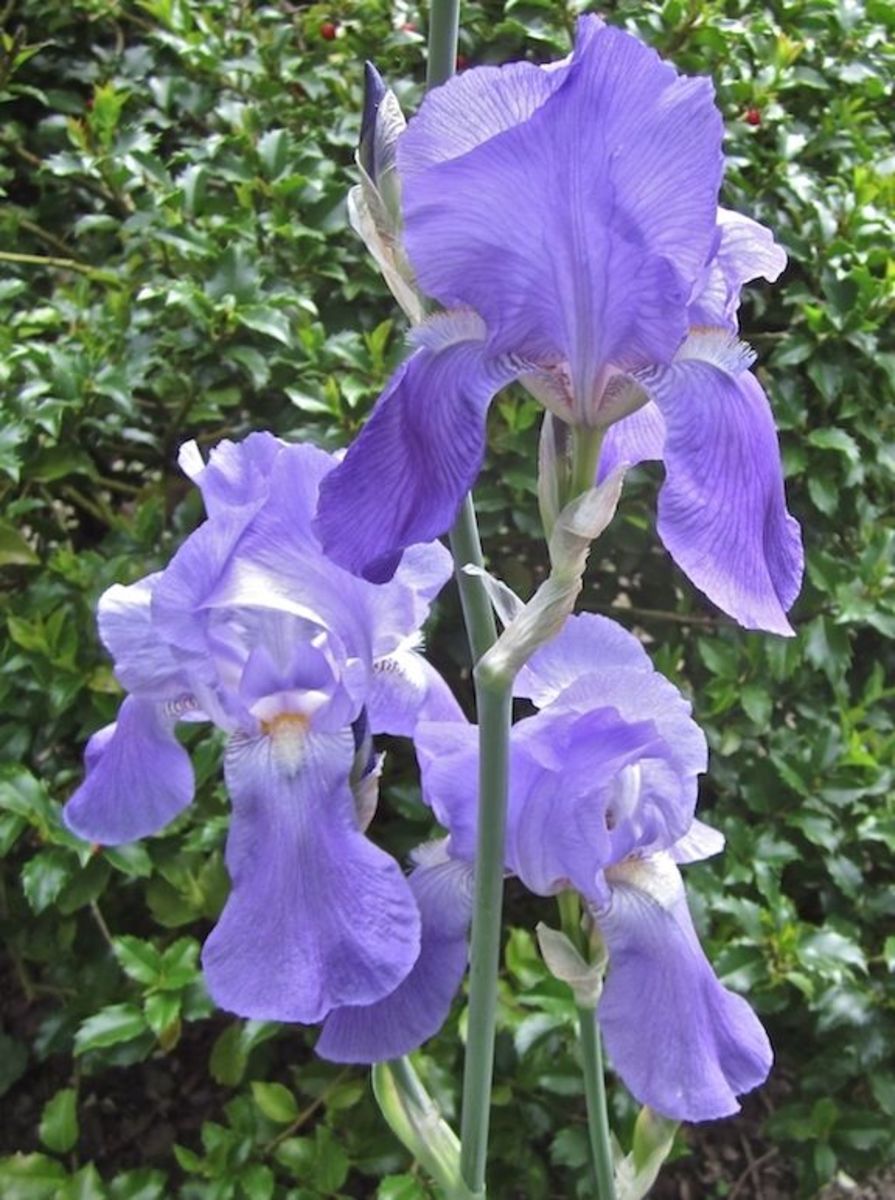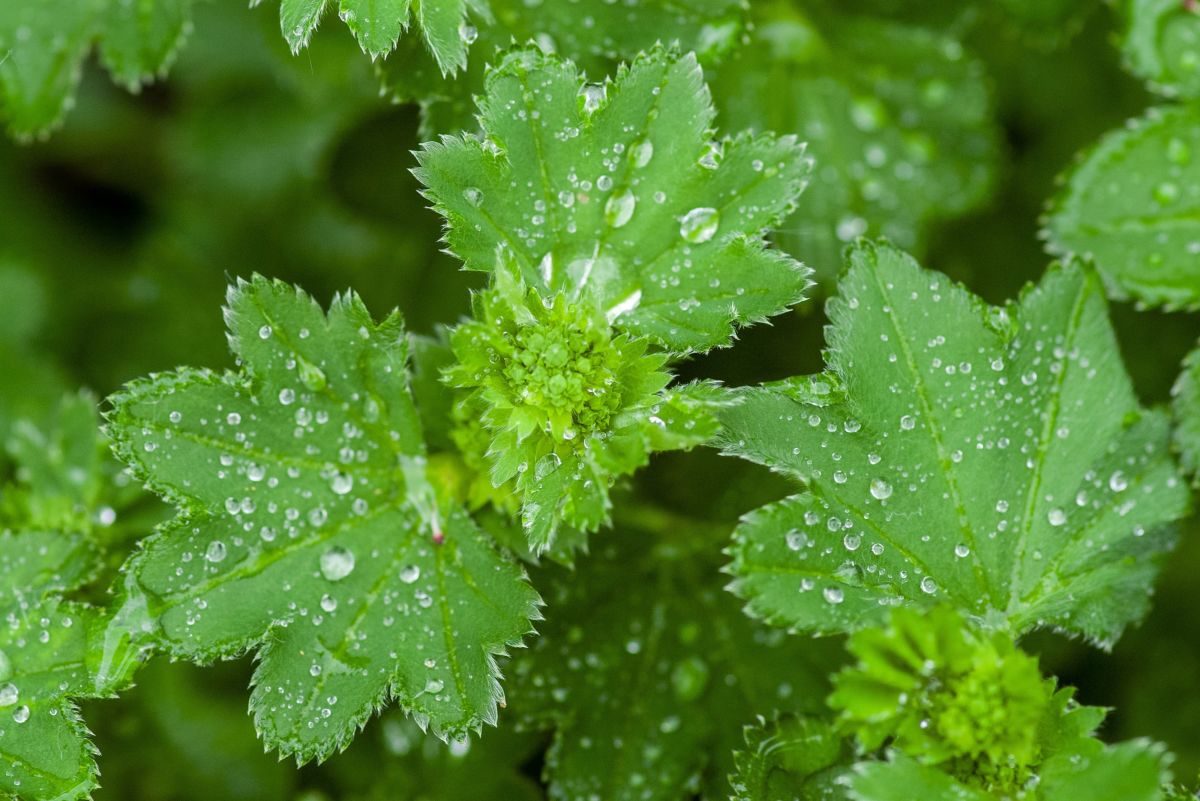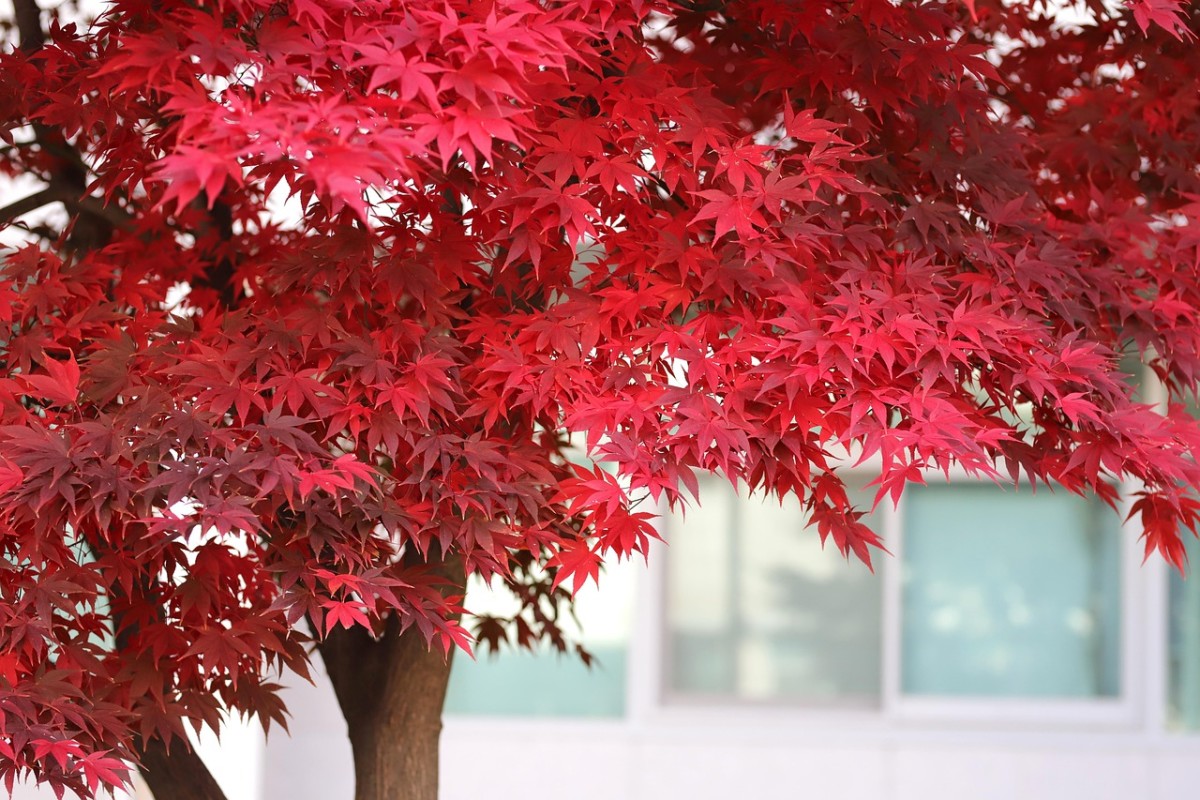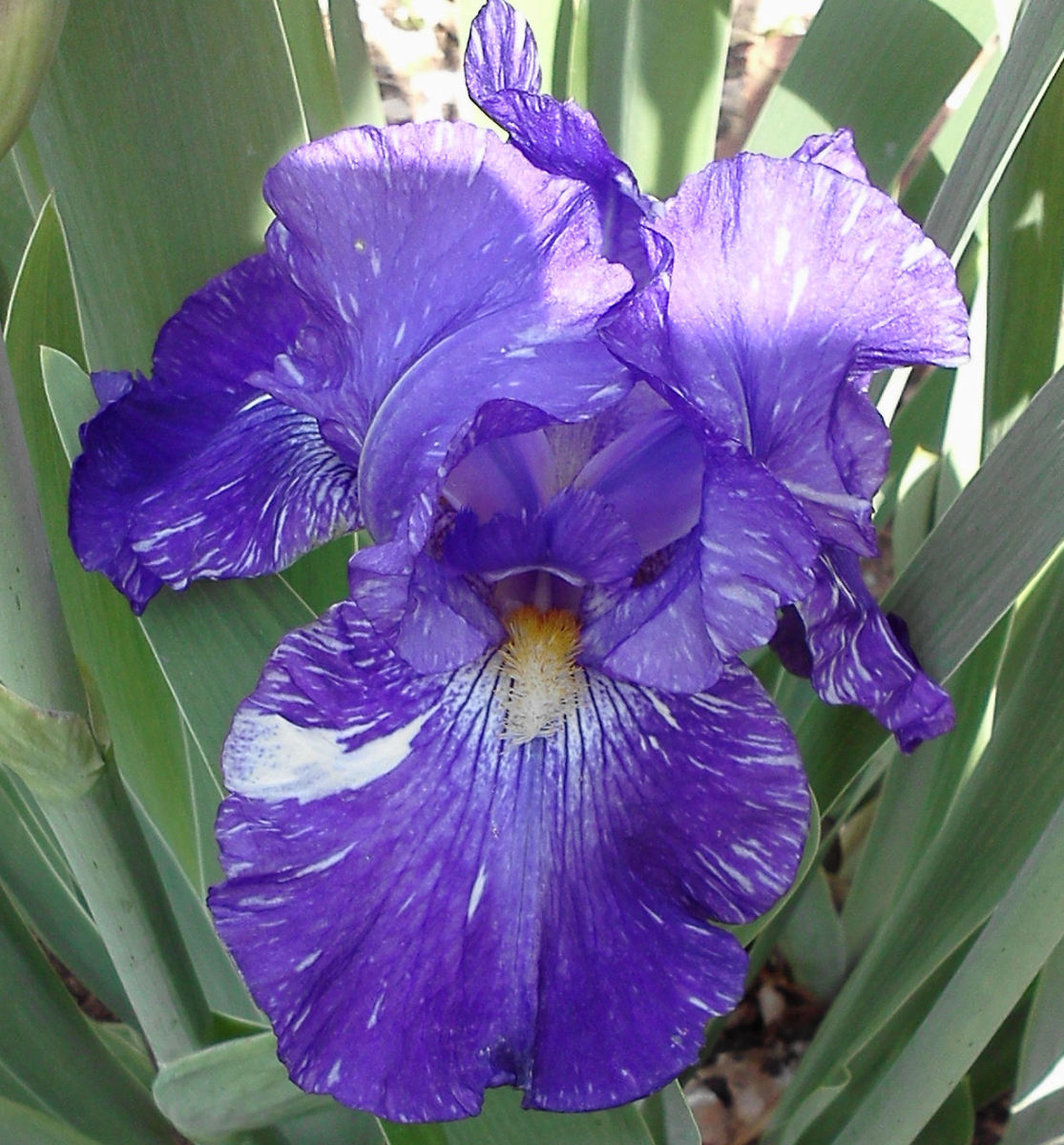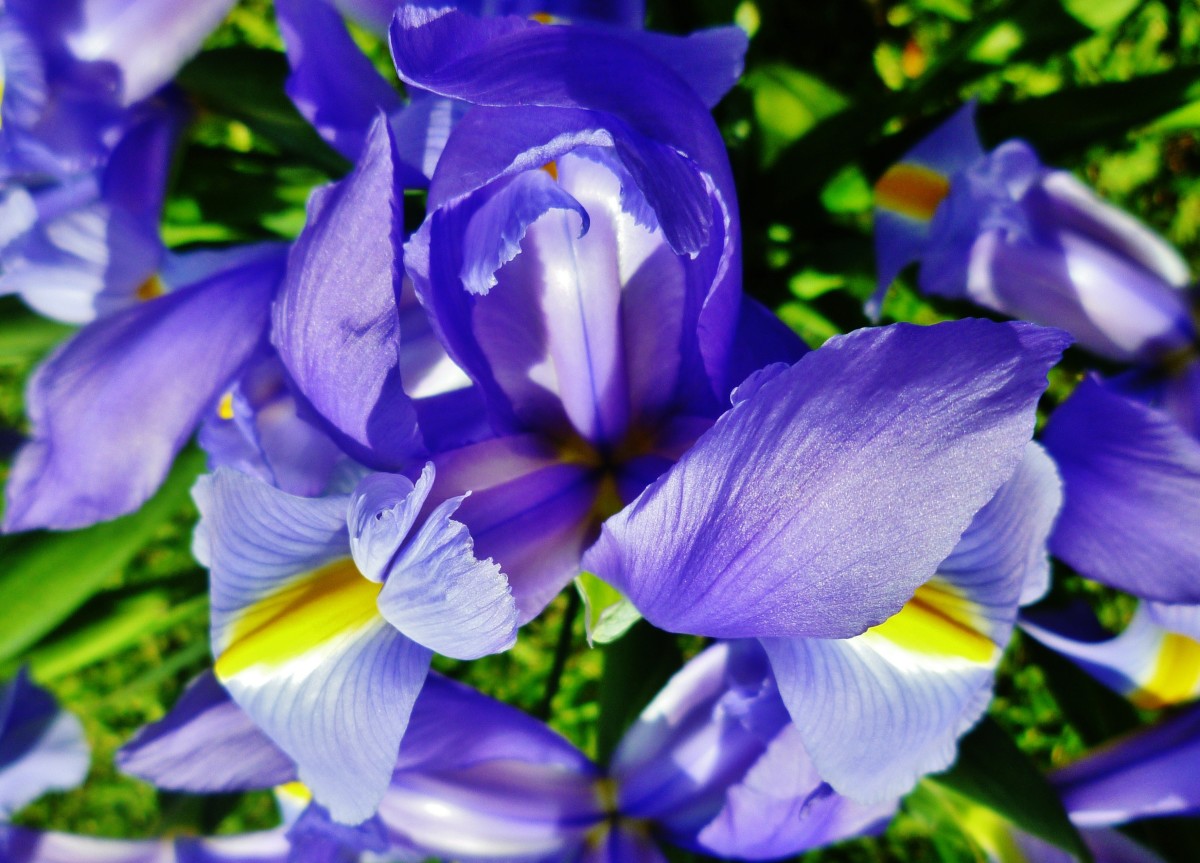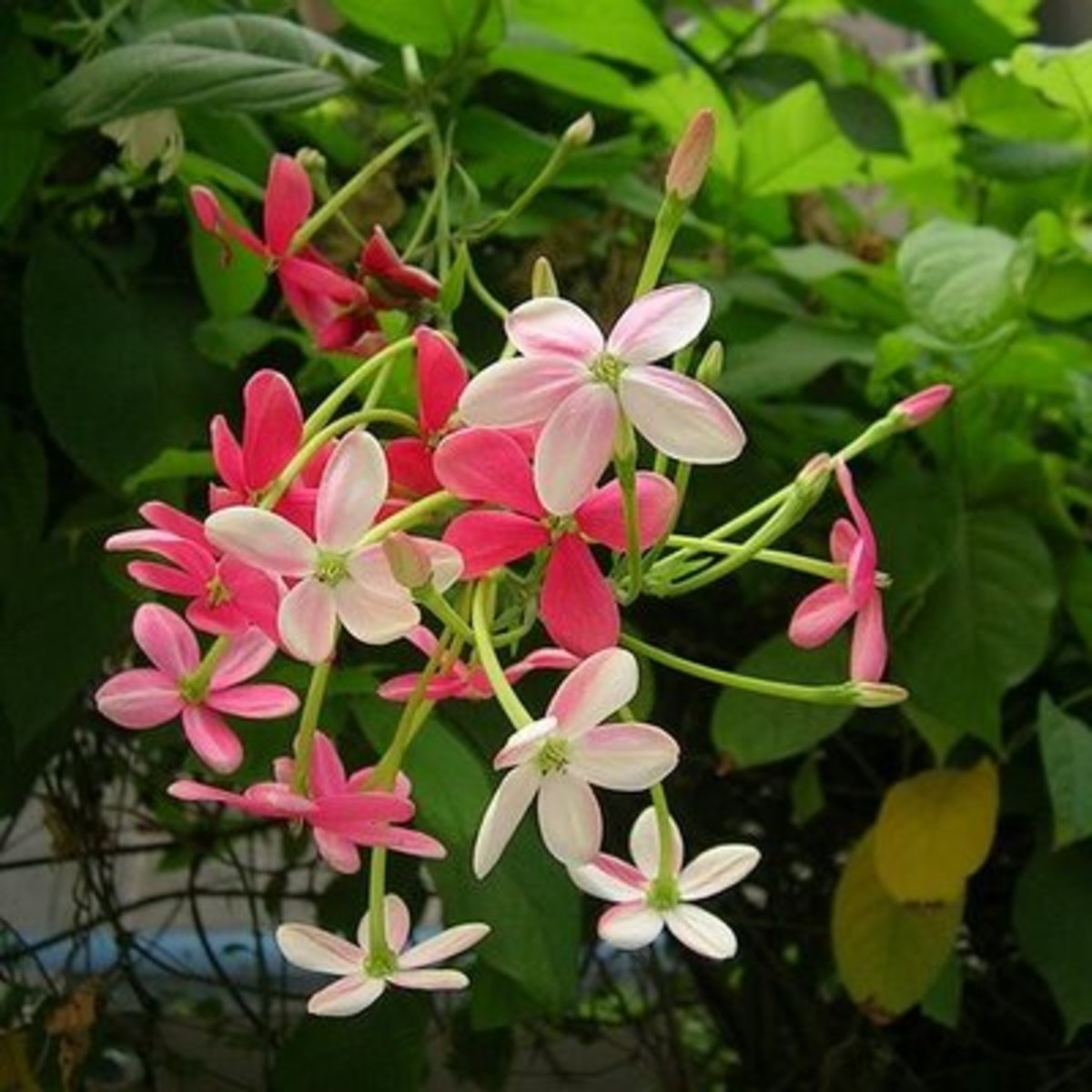Rocky Mountain Spring Garden Cleanup- Irises
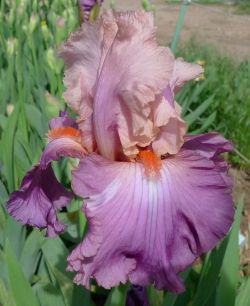
Early spring is the time to cleanup Iris foliage in Colorado
Growing anything in Colorado is a little different from other climates. One of our best performing perennial border flowers is the bearded iris. We all want that color burst to delight us late May yet many people don't know how to care for them in this climate. The traditional advice, great for other climates, is not optimal here.
In this lens I'll share with you bearded iris growing wisdom for the harsh Colorado climate that will make your bloom season something to stop every passerby.
Shouldn't I trim my iris foliage in the fall?
One of the most commonly held beliefs is that iris foliage should be trimmed in the fall before winter sets in. You see this advice in nearly every reference on growing irises, yet in Colorado the answer is "no"!
One reason often cited for this "trim in fall" advise is to prevent insect damage, however, the primary culprit that is being prevented is the dreaded iris borer which lays its eggs on the leaves in late summer. Iris borers & their eggs cannot survive our arid winters.
Our cold, dry winters with frequent freeze/thaw cycles are the toughest on any perennial plants. In Denver the average number of freeze/thaw cycles per winter in 144! That is almost three times the number experience in Minnesota where plants usually benefit from a deep mulch of snow cover during the harshest days of winter and go into the freeze/thaw cycles during spring. Yet here on the Front Range of Colorado we spend the majority of our winter days bereft of snow. Add to that our average annual precipitation of just 14" with the most arid portion of the year in the winter months, and you have a recipe for garden disaster.
Leaving existing foliage on your irises over winter will help to insulate them from the drastic temperature fluxuations and also act as a natural mulch to help retain much needed moisture in the soil. All major growers in Colorado recommend leaving the iris foliage on the plants until very early spring when the new growth just begins to bud. That is typically in late February or very early March. Don't wait too long or you will risk damaging that new growth. When the new leaves are taller they tend to be crispy & break easily.
Gardening Colorado
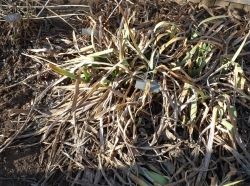
OK, I'll wait for spring, but then what do I do with THIS mess?
Now that you've accepted the wisdom of waiting until the first new growth begins things will be a little different.
The big difference between fall trimming & spring cleanup is that in the spring you won't have nice stiff green leaves that are simple to trim with a pair of scissors. Instead you'll have a tangled mass of dried up & matted down leaves along with a few leaves that are still green & didn't dry all the way back.
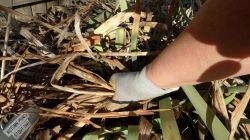
Step One
Put on your garden gloves and begin to pull out the dead foliage by the handful. This will only take a few minutes. Use your fingers like a comb to rake through the clump of foliage in the center of the plant. Gently pull upward. Most dry leaves will pull out with very little effort. Some will take a gentle pull to peel them away from the rhizome. Do be careful that you don't knock off newly forming leaf buds from the sides of the rhizomes at the ground level.
So much better but not finished!
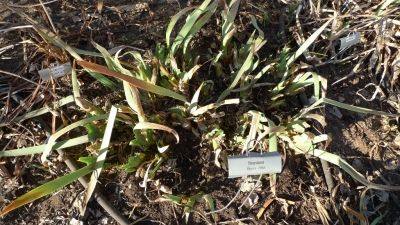
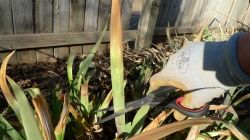
Step 2
Get out those scissors!
Next trim off those remaining winter damaged leaves with a snip of the scissors. They will soon die back anyway so don't be aftraid to trim them all. Do be careful that you don't trim too deep, cutting off new growth which comes up from the center of these existing leaves.
And there you go, all cleaned up!
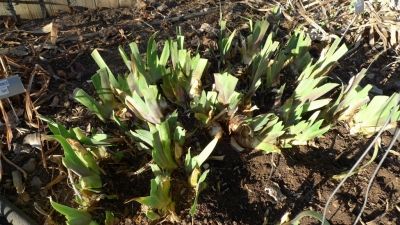
Step 3
One Final Step
Now give your irises some food!
Irises are heavy feeders. They like nitrogen & lots of it but you have to be careful that it comes in slow release in order to prevent root burning & rhizome rot diseases. In the Front Range of Colorado our soil is particularly low in nitrogen. A balanced fertilizer with a slow release nitrogen is ideal.
If you prefer organic solutions, try alfalfa pellets (as in rabbit or horse feed). You can get this at a local feed store, just be sure to check the label to ensure it does not have any added salts. Compost is another natural fertilizer. Aged manure can be used sparingly but it tends to add salts to our already high-salt content soil so be careful.
The feeder roots of iris grow outward, behind the rhizome so spread your fertilizer around the outside of the clump, never inside or over the rhizomes where it can promote rot.
Cutivate shallowly to mix the fertilizer into the soil without damaging surface roots.








